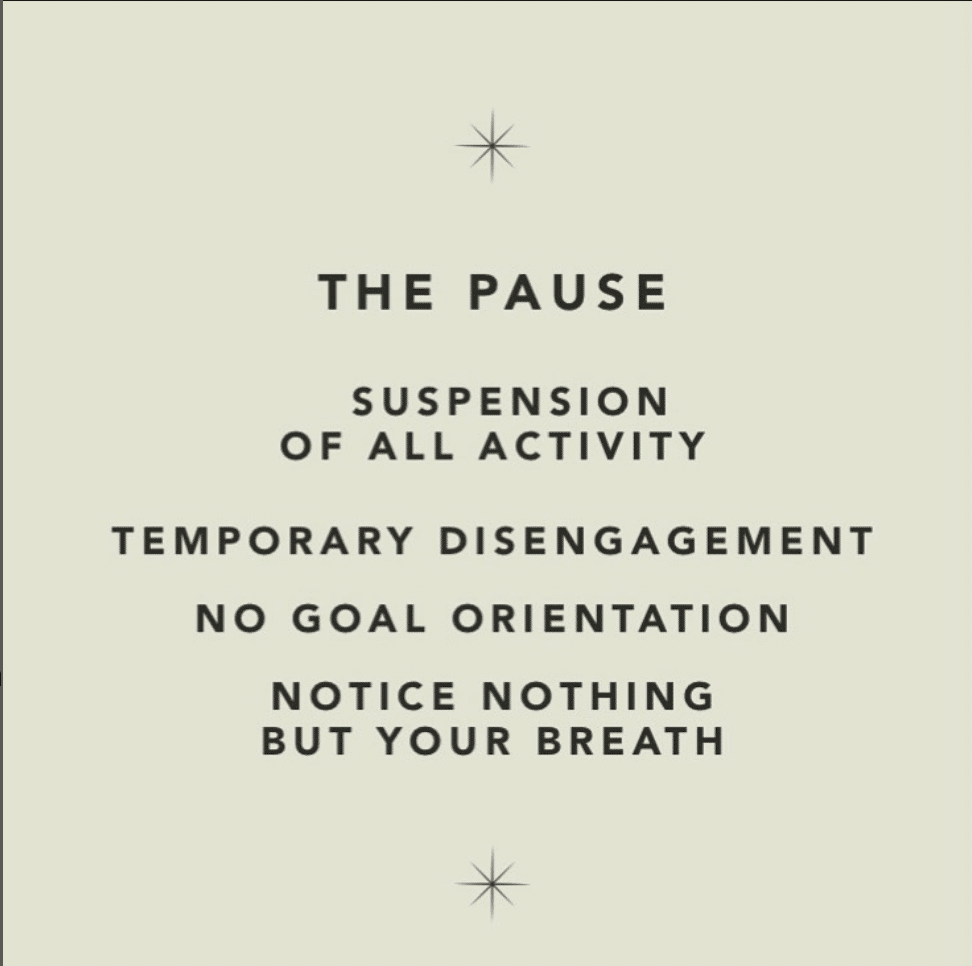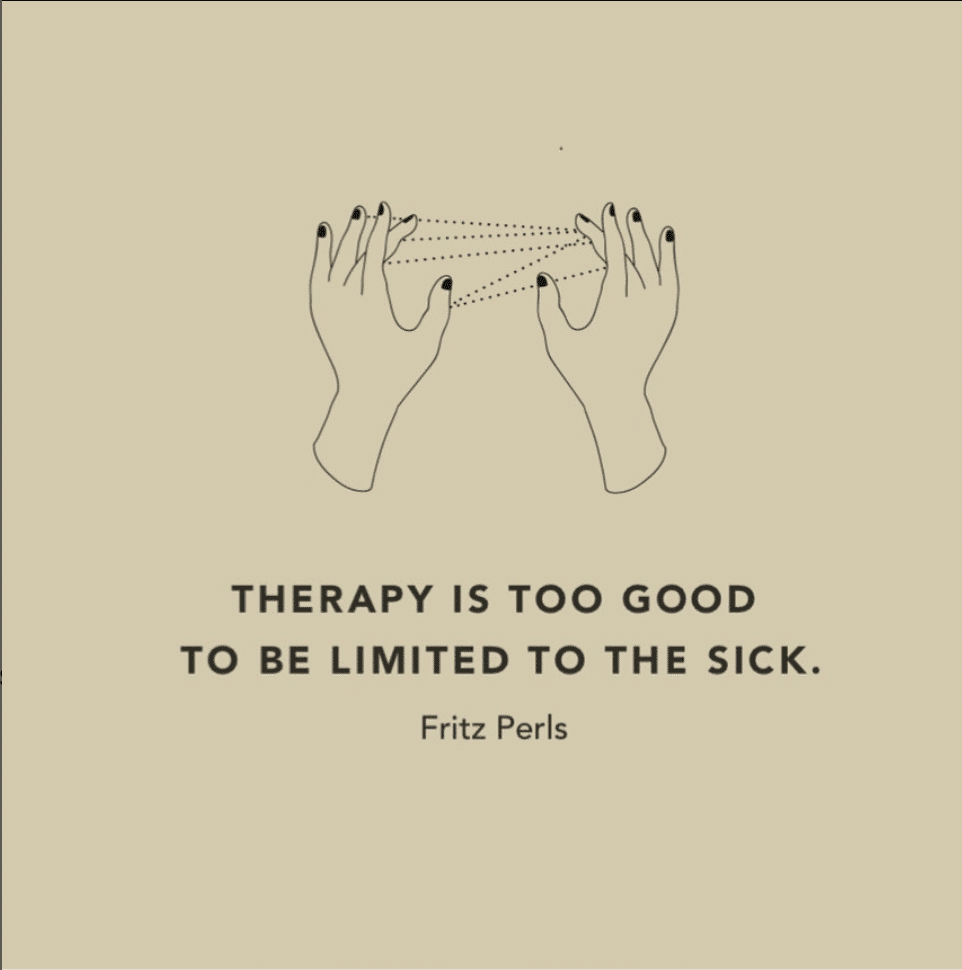The body is not a container that carries our organs and being, it is a living and literally breathing entity that symbiotically connects to our deeper self. The more potently we understand the body-mind connect, the more powerfully we are able to navigate this delicate and essential terrain through therapy.
In the context of counselling and psychotherapy, we can use the space to help client’s establish a sense of the deep link between the mind and the body, and specifically Gestalt Therapy hones in on how we can actually use this information to mobilise different emotions and action in us.
The Link Between the Body and Mind
Body-mind therapy was elucidated by Susan Aposhyan, but it was Bessel V. Kork who coined the phrase, ‘the body keeps the score’. This is the most self-explanatory and sufficient statement to explain how the body holds trauma and other debilitating experiences.
Indeed, markings of trauma first show up first on the body, before we recognize them mentally. This is partly because the mind is able to play games and use various defensive mechanisms to cope, until the coping falls apart. Indeed, it is only when this coping falls apart that the individual notice that something is wrong and needs attending to.
The body keeps the score
Bessel V. Kork
The body, on the flip side, ‘keeps score’, and is able to record difficulties in a more authentic and immediate manner; this is reflected in the deep symbiotic connect between mental distress and physical illness. Be it the brain-gut axis or the inflammation effect, or indeed the vast masses of literature and research that now point to the scientific link between the body and mind, we now know that disturbances in the relationship between these two deeply connected beings can lead to psychological and emotional trouble.
Part of the problem lies in the visualization of the body and mind as separate. Indeed, the body and mind are two sides to one coin, or even intertwined as twins, rather than being seen as one housing the other. It is like the chicken and egg; we don’t need to know which came first, as they symbiotically exist with each other and cannot function without each other. It is our responsibility, then, as custodians of our own mental health, to understand the deep connect and use it for our own well-being through building awareness.
How does Body-Mind Therapy Work?
With an eye on body work and locating feelings in the body space, we use simple techniques that involve locating where we feel certain emotions in our body, or when we first feel anxious.
This help us to identify the specific area that these emotions come from; or deeper still, to understand how we tend to ‘eat’ our feelings when we cannot digest the idea of what is presented to us. All of this belongs to the domain of how Gestalt Therapy connects the body and mind as one.
Chronic anxiety, unidentified low mood, deregulation, and hyper-vigilance start to appear as immediate and pervasive aspects of this disturbance. The physical manifestations of stress are obvious, and they show up rapidly on the physical form; likewise, the body starts to reflect the inflammation that is created by distress.
Therapy brings the opportunity to explore all of these zones: the mental, the physical, and the ones that connect them through emotions without thought. Thoughts become things, and things embed in the body, and one of the primary aspects of therapy is to talk through learning how to observe thoughts exactly for what they are: transient and changing.
If we develop the capacity to observe them, through grounding, meditation and observance, then we are able to work through the mirage that they tend to cause when they escalate. Once we are caught in the thought mirage, it is akin to walking through a maze or a room of mirrors, where we cannot separate thoughts from feelings, and classic ‘overthinking’ occurs.

In such situations, too, the body receives all of the embedded stress caused by this cognitive overworking, and is unable to dispel it in any kind of healthy manner; knowing how to identify ‘stuck’ feelings in the body allows us to take action towards releasing the body, which could look like exercise, curricular activities, creative play, or a simple pause.
Therapy seeks to empower, but also to psycho-educate without preaching; in that sense, it is important to take a leaf out of physiology and neurobiology to understand the inner workings of the body, and how they impact us in turn.
Physiology and neurology
The sympathetic nervous system, despite its name, is not very ‘kind’ to the individual; it is internally activated by the body’s ready response to stress and anxiety. In comparison, the parasympathetic nervous system needs to be activated. When we are in a state of stress of anxiety, we are activating the old ‘flight-fight’ method of survival, known also as the stress response which floods the body with adrenalin.
This adrenalin is vital when it is really needed, like when fighting a tiger in hunter-gatherer times, but in the modern world, where we often fight invisible tigers, we end up with adrenalin overload and nowhere of any use for the excessive chemical to go. The body is now ready for action, even though there may be nothing of relevance to attend to, which means no real stressor that demands this activation.
This is the beginning of chronic worry, of overthinking, of the state that we call ‘always stressed about something without knowing what’. The cortisol flood in the body removes any opportunity for the ‘happy’ neurotransmitters to work their magic, and the symptoms of cognitive exhaustion begin to appear:
- increased heart rate
- higher blood pressure
- differentiated speech
- sweaty palms
- jittery movements
- lack of focus
- poor cognitions
- low decision-making power
- foggy mind,
The list goes on, eventually progressing to the dreaded low mood which comes with cognitive exhaustion and overload.
Body, mind and stress chemicals
Dopamine, oxytocin, serotonin, endorphins: all of these belong to the domain of the parasympathetic nervous system, and different mechanisms and strategies can be adopted to bring them forth. Some are lucky to be wired such that the secretion and activation of these come more naturally to them, while for some others, it is a process to be talked through, understood, and indeed, to be ‘done’.
It’s not stress that kills us, it’s our reaction to it
Hans Selye
All things ‘nice’, like slowing down, practicing the pause, deep breathing, staying with your feelings and sharing them with a loved one, having a good cry, keeping it light, eating something you like, getting fresh air, going for a run, giving your friend a hug, going for a yoga lesson, creating artwork – these trick the body into slowing down, and hence the flight/ fight response is no longer needed.
Essentially, there is hope! Understanding the body’s role in the stress response means we have the capacity to do something about it, to intervene, to module, to manage. To quote Hans Selye known as the father of stress research, “It’s not stress that kills us, it is our reaction to it.”
How Body Mind Therapy Sessions Work
Focusing through the body, understanding and locating where we feel things and how the body in turn carries these emotions is part and parcel of a Gestalt Therapy: in that sense, a body-mind therapy session can take place as a Gestalt Therapy session.
Tightness in the throat, a pit in the stomach, acid reflex in the chest while talking, sweaty palms, a twitch and a tick, or chronic aches and pains are all signs of a deeper ‘stuck-ness’, as well as part of the well known ‘stress response’ that we’ve explained above.

These are not treated as symptoms or give away signs, and nor are they over-simplistic connections made between what we are feeling and how the body is responding to it; rather, body-mind therapy is a delicate interplay of using techniques to bring about centering to the client, grounding exercises for stability, and then learning how to integrate the body and mind through mindful methods.
For example, a description of an event by the client might be gently followed up by being asked to share ‘where’ something is felt. Equally, chronic pain in a particular area might be explored as a door to a deeper sensitivity that makes us able to access emotions that were previously unknown. Consistent therapy sessions help us to build our own repertoire of self signaling, so that we learn to observe lapses on our own.
This is part of the agency and ‘self-sufficiency’ capacity building that is the aim of Gestalt Therapy: it’s about moving from social support to self support. The founding figures of this school, like Fritz Perls and Irvin Polster, have resounded this time and again in their literature and research.
Breathwork and bodily symptoms
This self-signaling of bodily symptoms serves to alert us about what is usually to come for us if we do not modulate our emotions and feelings. When we are well integrated in our experience and can allow ourselves to feel all our feelings, both ‘good’ and ‘bad’, then we become uniquely poised to use this integrated experience of body and mind to be clear in our conscious feelings, and to not be fighting hidden demons that carry our shame and reproach.
Breath is the bridge which connects life to consciousness, which unites your body to your thoughts. Whenever your mind becomes scattered, use your breath as the means to take hold of your mind again.
Thich Nhat Hanh
Guided imagery and breathwork forms a part of the session, almost always, especially when working with the body. In the worlds of Thich Nhat Hanh, “Breath is the bridge which connects life to consciousness which unites your body to your thoughts. Whenever your mind becomes scattered, use your breath as the means to take hold of your mind again.”. This beautifully exemplifies how the delicate balance between letting yourself be overwhelmed by thoughts and grounding yourself again is possible using the breath and, indeed, the body.
Counselling and psychotherapy go a long way towards teaching clients how to self-manage and care for themselves in the long run of unlearning old patterns and rewiring the deep-set feelings that cause havoc and disarray. The ethos of these sessions is well elucidated here, but the real understanding is only experiential!
Body-Mind Therapy: Final Thoughts
Come to therapy to learn how to break old circuits and create a new circuitry of understanding the inner workings of body and mind, and owning your own biome.
Related counselling services
For counselling and therapy in Central London or anywhere via video consultation, please click here for more information or get in touch via the form below.

